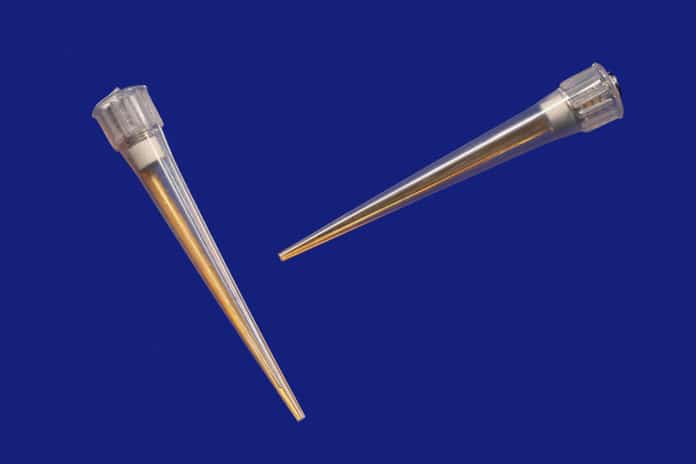Engineers at EPFL spin-off SEED Biosciences have developed a unique pipetting robot to isolate single cells with the push of a button. This robot also records the cells’ electrical signature so that they can be traced.
Each biological cell-like each human being – is different from varieties in their size, shape, and configuration. This makes scientists’ work time consuming and difficult. Due to these differences, scientists have been cloning stem cells and cancer cells to obtain samples that can be compared effectively and generate reliable results.
This is the approach taken by several major research organizations such as the US Food and Drug Administration (FDA). Being able to create cell lines from a single cell is essential for developing new therapies.
Scientists are currently using a method that involved diluting cells to maximize the occurrences of a given cell. But, this method is time-consuming and expensive.
Yann Barrandon, an honorary professor at EPFL and a stem-cell expert, planned to develop a system to turn this step into a simple formality, making his research easier and providing traceability.
After waiting for long, he suggested the project to two EPFL Ph.D. students – David Bonzon and Georges Muller – who took it on with the help of Professor Philippe Renaud at the Microsystems Laboratory 4. After several years of hard work, Bonzon and Muller were ready to unveil their device; they created SEED Biosciences and, in association with other scientists.
Bonzon said, “Several systems have been introduced over the past few years, but ours – called Dispencell – is the first to tick all the boxes. It’s easy to use, doesn’t affect cell functions, can be sterilized, improves traceability, and more.”
To use the device, scientists pipette 20 µL of a solution with a high cell concentration, drawing in a few hundred cells. They then place the pipette’s tip into the dish where they want to dispense the cells. By pressing a button, they can release individual cells one by one.
The system contains an electronic sensor linked to a software program – also developed by SEED Biosciences – that records each cell’s electrical signature. The software is sensitive enough to detect single cells as they pass through the tip. They are then displayed on a computer screen as sharp peaks. The company is now working on a feature that can distinguish damaged cells from healthy ones.
What’s interesting is, the device uses a decades-old mechanism called the Coulter counter. With this counter, particles pass between two chambers separated by a tiny hole while an electric current is applied across the hole. In SEED Biosciences’ device, one electrode is located against the pipette’s tip, and another is placed in the solution.
A thin membrane with a 30 μm hole stretches across the very tip of the pipette and allows the cells to pass through one by one. The device detects and records the cells as they pass through; because the cells are not conductive, they cause changes in the current based on the cells’ size. By measuring the change in current, the software determines the cells’ passage and electrical signature. The pipette tips are designed to be sterilized and replaced to avoid contamination.
Scientists noted, “The device is initially intended for the pharmaceutical industry and has promising applications in personalized medicine.”
